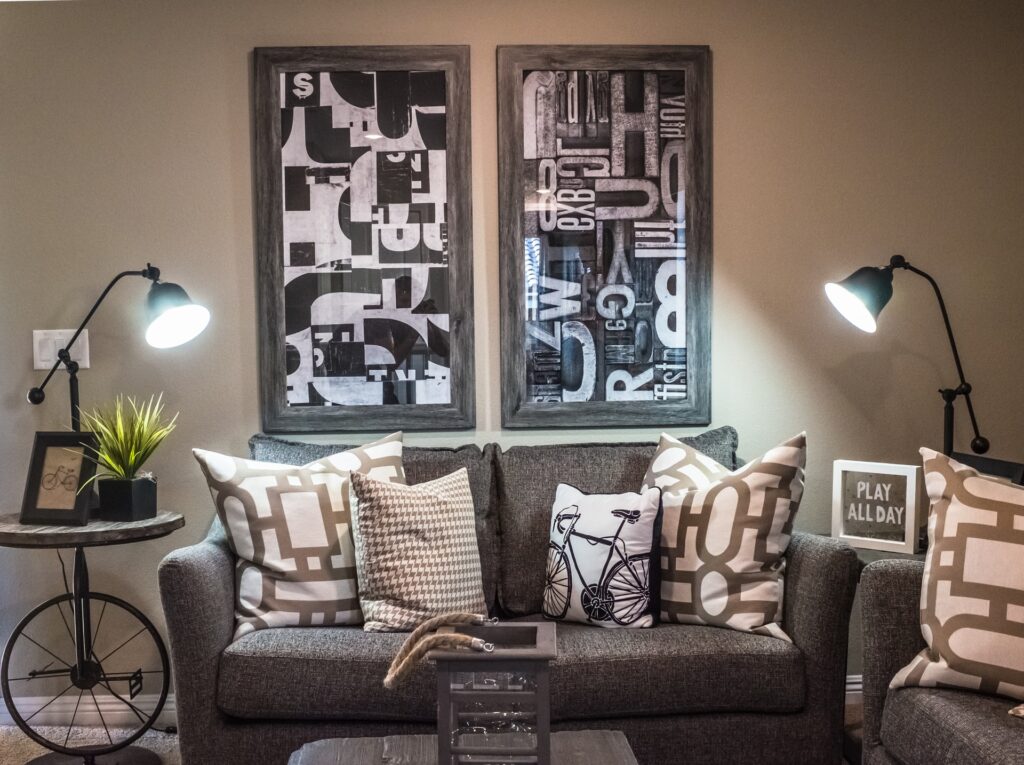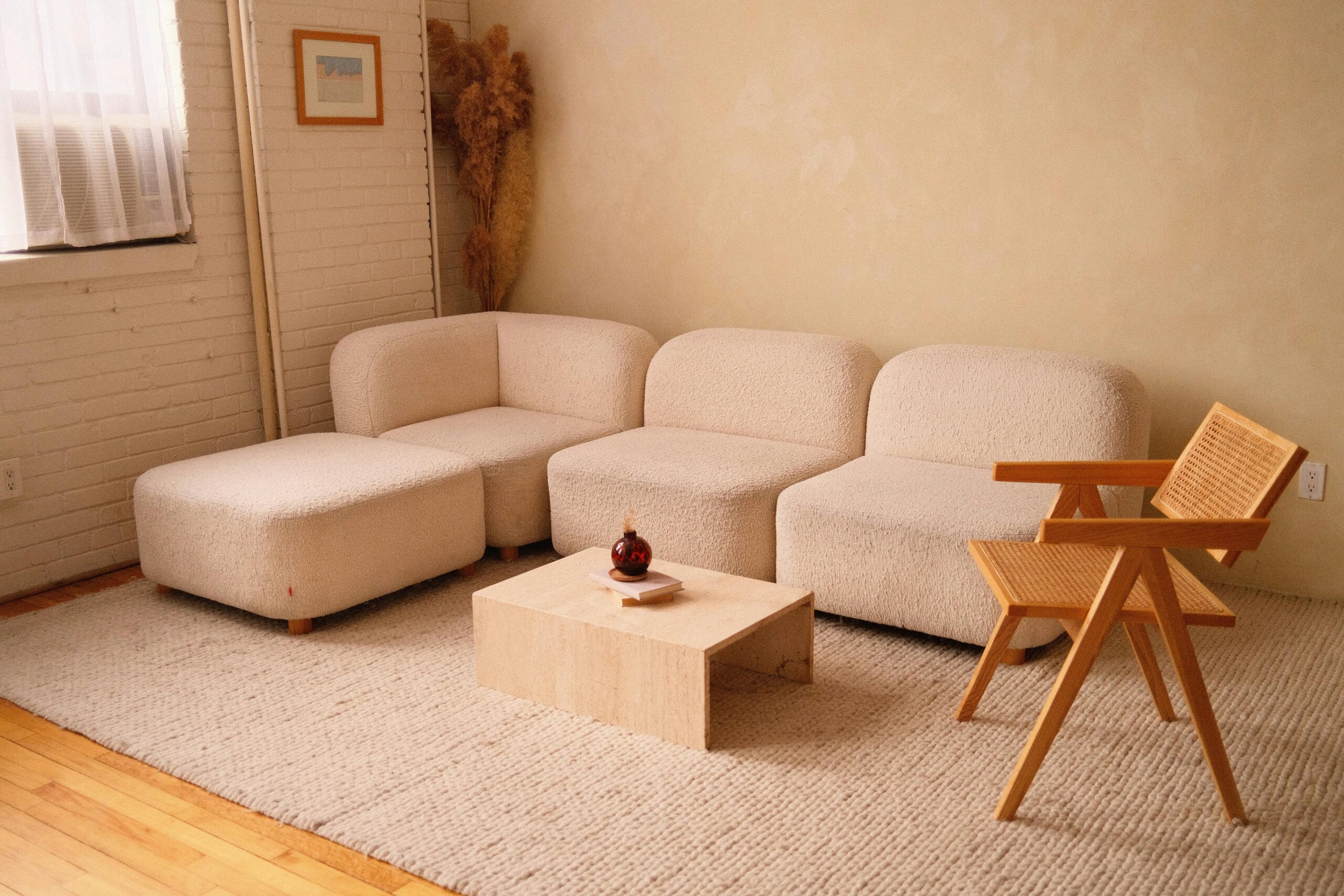Lighting is an essential aspect of any home, and it can significantly impact the ambiance and mood of the space. Choosing between warm and cool lighting can be challenging, as both types have unique benefits and drawbacks. Warm lighting creates a cozy and inviting atmosphere, while cool lighting emits a bright and refreshing feel.
When it comes to lighting design, it’s essential to consider the purpose of each room. For instance, warm lighting is ideal for bedrooms, living rooms, and dining areas, where people relax and unwind. On the other hand, cool lighting is best for workspaces, kitchens, and bathrooms, where bright light is necessary for tasks such as cooking, cleaning, and grooming.
Ultimately, the choice between warm and cool lighting comes down to personal preference. Some people prefer the warmth and comfort of warm lighting, while others prefer the energy and brightness of cool lighting. The good news is that there are various lighting options available, and it’s possible to mix and match warm and cool lights to create a unique and personalized look that suits your style and needs.
Understanding Lighting Basics
Color Temperature and Kelvin Scale

Lighting has a significant impact on the overall look and feel of a room. One of the most important aspects of lighting is color temperature, which is measured in Kelvin (K). The Kelvin scale ranges from warm to cool, with warm light having a lower Kelvin temperature and cool light having a higher Kelvin temperature.
Warm light, which has a Kelvin temperature of around 2700K to 3000K, has a yellowish or reddish hue. It is often used in living rooms and bedrooms to create a cozy and relaxing atmosphere. Cool light, which has a Kelvin temperature of around 4000K to 6500K, has a bluish or whitish hue. It is often used in kitchens, bathrooms, and offices to create a bright and energizing atmosphere.
Types of Light Bulbs
There are several types of light bulbs available, each with their own advantages and disadvantages.
LED lighting has become increasingly popular in recent years due to its energy efficiency and long lifespan. LED bulbs come in a variety of color temperatures, making them a versatile choice for any room in the house.
Incandescent bulbs, which have been around for over a century, are known for their warm, yellowish glow. However, they are not as energy-efficient as other types of bulbs and have a shorter lifespan.
Fluorescent bulbs are another energy-efficient option and are often used in commercial settings. They emit a cool, bluish light that is not always ideal for home use.
Halogen bulbs are a type of incandescent bulb that uses a halogen gas to increase efficiency and lifespan. They emit a bright, white light that is often used in task lighting.
When choosing a type of light bulb, it is important to consider both the color temperature and energy efficiency. LED bulbs are often the best choice due to their versatility and long lifespan.
Choosing the Right Lighting for Each Room
When it comes to choosing the right lighting for each room in your house, there are a few factors to consider. The functionality of the room, the mood you want to create, and the color temperatures of the lights are all important considerations. Additionally, the differences between warm and cool lighting can affect your circadian rhythm and productivity.
Living Spaces and Bedrooms
In living spaces and bedrooms, ambient lighting is key. Warm lighting can create a relaxing mood, perfect for unwinding after a long day. It can also promote the production of melatonin, a hormone that helps regulate sleep. Therefore, warm lighting is ideal for bedrooms, where a good night’s sleep is essential. For living spaces, warm lighting can create a cozy and inviting atmosphere.
Work and Task Areas
For home offices or other work areas, task lighting is crucial. Cool lighting can help with focus and productivity, making it a good choice for these areas. Direct, cool lighting can also increase attention and reaction time, making it ideal for tasks that require a high level of visibility.
Kitchen
In the kitchen, a combination of warm and cool lighting is often used. Warm lighting can create a cozy atmosphere, while cool lighting can provide the necessary visibility for tasks such as cooking and food prep. Under-cabinet lighting is a popular option for providing task lighting in the kitchen.
When choosing the right lighting for each room in your house, consider the room’s functionality, the mood you want to create, and the color temperatures of the lights. By understanding the differences between warm and cool lighting, you can create the ideal lighting scheme for your home that promotes relaxation, productivity, and alertness.



